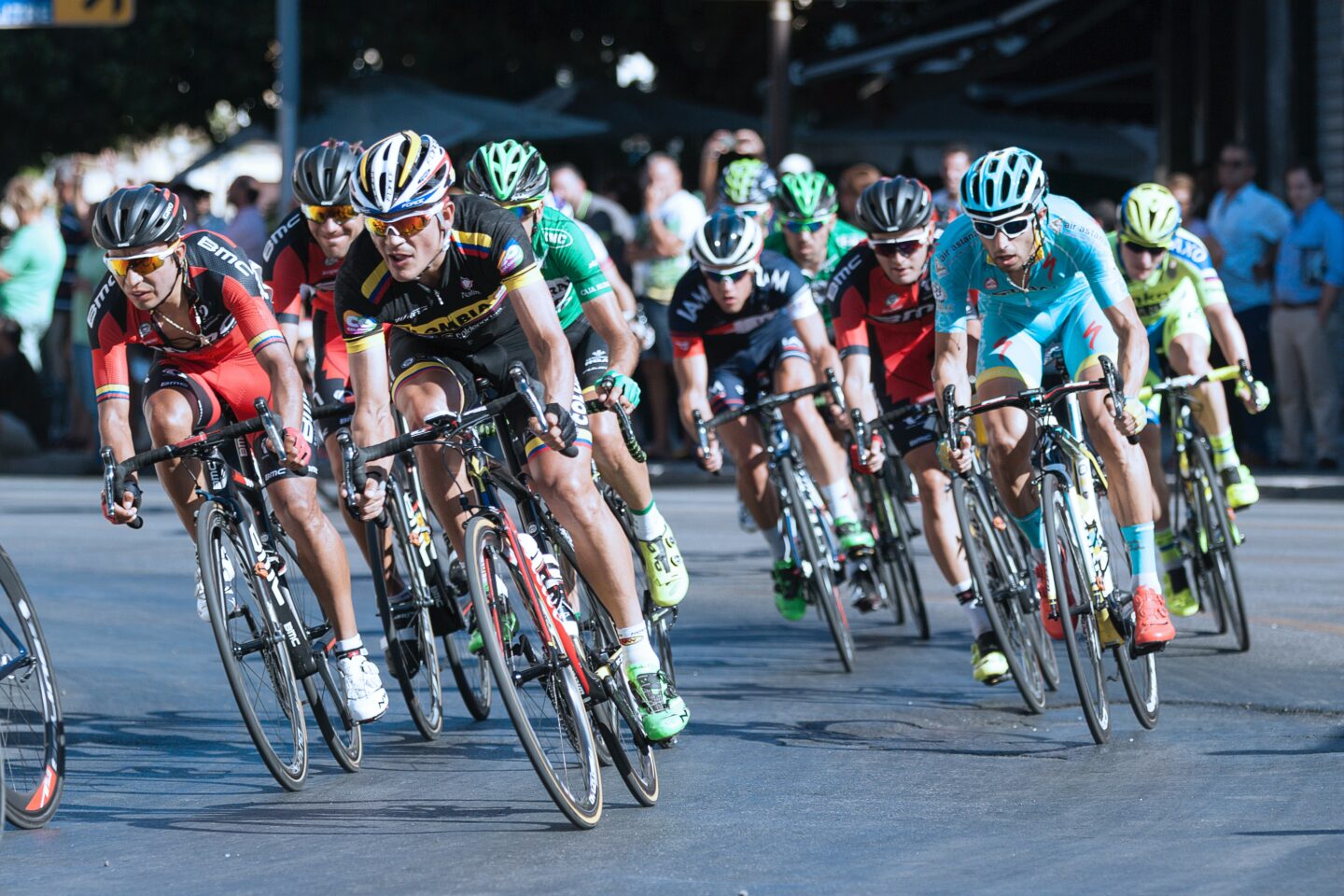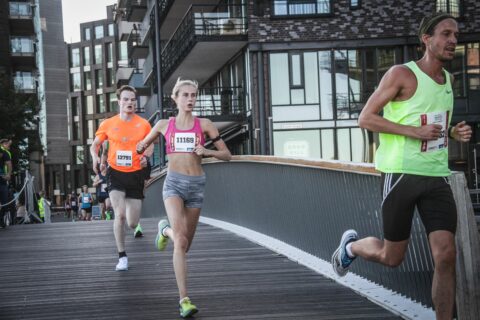Coach Julie Young explores the science, mental skills, and strategies that help us manage the stress of racing.
Coach Julie Young explores the science, mental skills, and strategies that help us manage the stress of racing.

Coach Julie Young explores the science, mental skills, and strategies that help us manage the stress of racing.

Coach Julie Young explores the science, mental skills, and strategies that help us manage the stress of racing.

Former elite distance runner Siren Seiler-Viken exposes the truth about focusing on light racing weight: performances will suffer and health will deteriorate.

Certain memories—bad race experiences, crashes, or results that don’t meet expectations—can linger, get “sticky,” and rob athletes of the enjoyment of sport. A novel treatment method could help us get over them and rekindle our joy.

Improving your ability to push beyond your perceived limit can bring many rewards, from watts to wins.

What to do when you find yourself caught up in other athletes seeming tougher, happier, and more badass than you on social media.